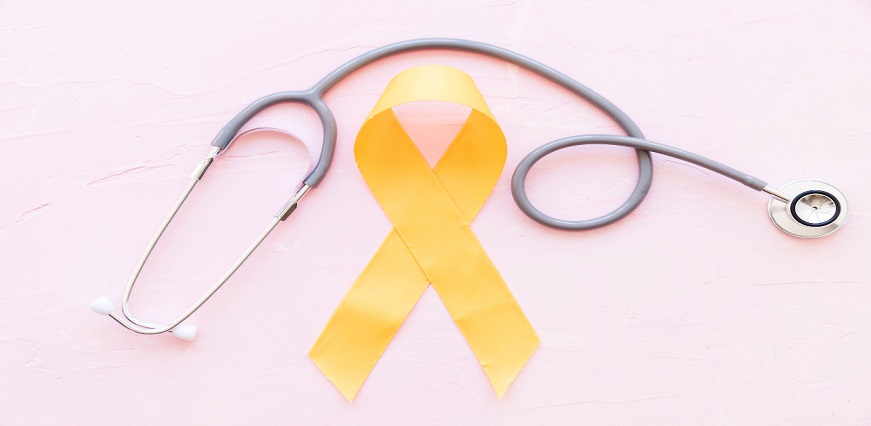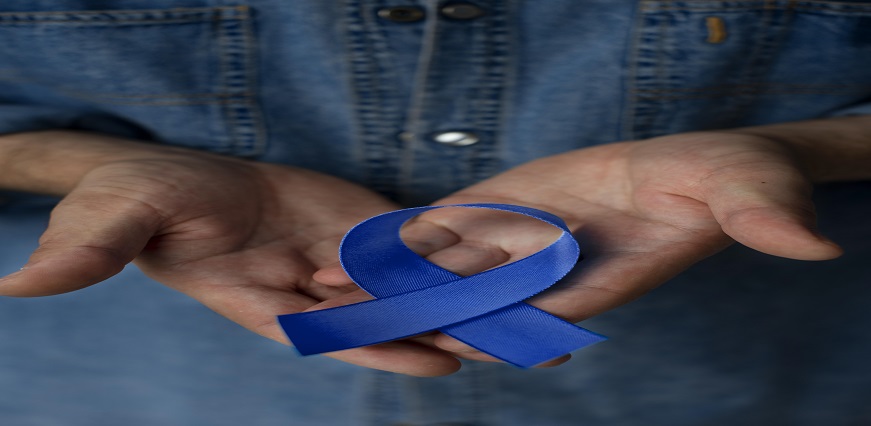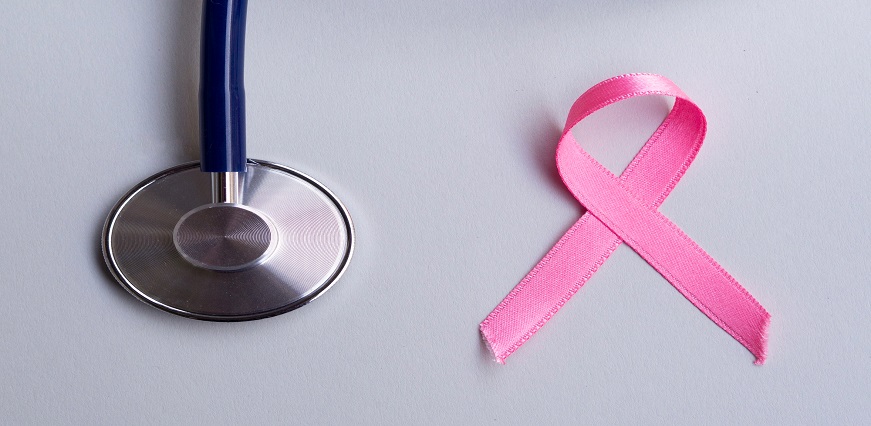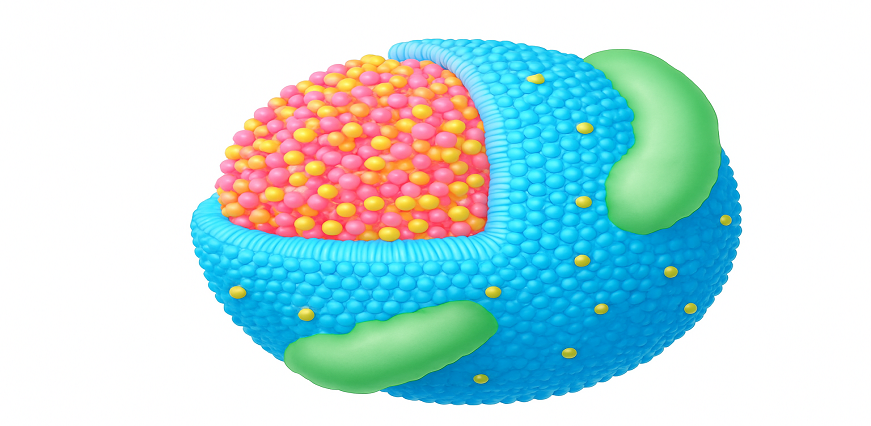Skin cancer is one of the most common types of cancer globally, affecting millions of people every year. Under normal circumstances, when skin cells die, they are replaced by new cells. When this process is disturbed, these cells tend to grow more quickly and undergo abnormal changes, triggering mutations and leading them to multiply rapidly and form tumours. It is crucial to recognize the early signs and symptoms of skin cancer so that timely intervention and treatment can take place.
Types of Skin Cancer
There are three major types of skin cancer, each originating from different cells within the skin, with the symptoms of melanoma being more severe.
- Basal Cell Carcinoma (BCC)
This type of skin cancer originates in the basal cells, which are located in the deepest part of the epidermis (the outermost layer of the skin).
- Squamous Cell Carcinoma (SCC)
Arising from the squamous cells, which constitute most of the skin’s upper layers, SCC may develop anywhere on the body but is commonly found on sun-exposed areas like the face, ears, neck, and hands.
- Melanoma
Melanoma is amongst the most common forms of skin cancer and may metastasize to other parts of the body if not detected early. Melanoma originates in the melanocytes, the cells responsible for producing melanin, the pigment that gives skin its colour.
Early Signs and Symptoms of Skin Cancer
Recognizing the early signs and symptoms of skin cancer is crucial for timely intervention and improved prognosis. While the symptoms of each type differ, the most common and early warning signs of skin cancer may include:
- A new mole or an existing mole that changes in its size, shape or colour, or that bleeds
- A pearly or waxy bump on one’s face, ears or neck
- A flat, pink/red- or brown-coloured patch or bump
- Areas on the skin that resemble
- Sores that look crusty or have a depression in the middle or bleed often.
- An unhealed wound
- A rough, scaly lesion that might itch, bleed and become crusty.
Early Signs of Melanoma
Like other forms of skin cancer, the signs of melanoma also include changes in the skin. Here are some of the earliest symptoms of melanoma:
- One of the earliest signs of melanoma is a change in the size, shape, colour or texture of an existing mole.
- A new growth or a mole may also indicate the presence of cancer.
- Melanomas may itch or bleed.
- Pain, tenderness or tingling in the affected area may also be one of the symptoms of melanoma.
ABCDEs of Skin Cancer
To help detect the early signs of skin cancer, healthcare professionals have created the ABCDE guidelines. These guidelines are helpful for detecting the signs of all types of skin cancer, including melanoma.
- A – Asymmetry
One half of the mole or lesion does not match the other half.
- B - Border irregularity
The edges are notched, irregular, or blurred.
- C – Colour
The colour is not uniform and may include shades of brown, black, or even red, white, or blue.
- D – Diameter
The size of the mole is larger than 6 millimetres (about the size of a pencil eraser), although smaller melanomas can also be concerning.
- E – Evolution
Any changes in size, shape, colour, or elevation of a mole over time can be a warning sign.
Causes of Skin Cancer
- UV Radiation
Prolonged exposure to UV radiation from the sun is considered the primary cause of skin cancer. UV radiation damages the DNA in skin cells, leading to mutations that may result in skin cancer symptoms. Individuals who spend a lot of time outdoors without proper sun protection may be at a higher risk of developing skin cancer.
- Tanning Beds
Artificial sources of UV radiation, such as tanning beds and sunlamps, may also increase the risk of skin cancer. These devices emit UVA and UVB rays, which can penetrate the skin and cause damage similar to that of natural sunlight.
- Genetic Factors
While exposure to UV radiation is the main cause of skin cancer, genetic factors also play a role. People with a family history of skin cancer or certain genetic conditions may also be at risk for skin cancer.
- Fair Skin
Individuals with fair skin, light-coloured eyes, and freckles may be more susceptible to skin cancer because they have less melanin, the pigment that provides some protection against UV radiation. However, it may be difficult to detect skin cancer symptoms early in dark-skinned individuals, leading to diagnosis in later stages of the disease.
- Weakened Immune System
A weakened immune system, whether due to certain medical conditions or medications, may make it harder for the body to fight off cancerous cells, increasing the risk and symptoms of skin cancer.
Treatment and Cure for Skin Cancer
The treatment for melanoma and other types of skin cancer depends on the symptoms and the stage of the condition. There are typically four stages and early detection of skin cancer increases the chances for a cure. Some common treatments for skin cancer include:
- Cryotherapy
Liquid nitrogen is used to freeze the cancerous cells, leading to their death.
- Excisional Surgery
The healthcare professional removes the affected tissue along with the tissue surrounding it to ensure a complete cure for skin cancer.
- Mohs Surgery
This type of surgery only removes the affected area. It is mostly used to treat basal cell carcinoma or squamous cell carcinoma.
- Curettage and Electrodesiccation
An instrument is used to scrape off the tumour after which, an electric needle is used to destroy any remaining cancer cells.
- Chemotherapy
One’s healthcare professional prescribes medicines to kill cancer cells. The medication can be either topical, oral or administered through an IV.
- Radiation Therapy
Radiation therapy uses strong beams of energy to kill cancer cells and stop them from multiplying.
Treatment for Melanoma Cancer
There are a number of treatment options for Melanoma skin cancer, depending on the stage. Here are some common treatment methods:
- Melanoma Surgery
Melanoma surgery has a high rate of skin cancer cure, especially in the early stages. In this method, the healthcare professional removes the cancerous tissue and some surrounding healthy tissue.
- Lymphadenectomy
This treatment method for melanoma cancer is used to remove lymph nodes surrounding the affected area in order to prevent its spread to other parts.
- Metastasectomy
Metastasectomy is used to remove small melanoma-affected areas from one’s organs.
Early detection is key to successful treatment and positive outcomes in skin cancer cases. By understanding the different types of skin cancer and familiarizing themselves with the early signs and symptoms, individuals can take proactive steps towards appropriate treatments and cure.













 7982100200
7982100200























 To reach our help desk call 9213188888
To reach our help desk call 9213188888.png)
Comments